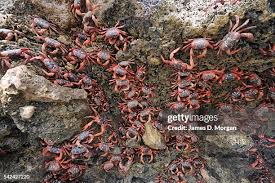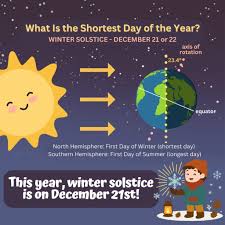The Role of Yellow Jackets in Our Ecosystem

Introduction
Yellow jackets, a common type of wasp, have gained notoriety in both urban and rural settings due to their aggressive behaviour and painful stings. While often viewed as pests, these insects play a crucial role in the ecosystem, contributing to pollination and pest control. Understanding their role is essential as we navigate coexistence in our environments.
What Are Yellow Jackets?
Yellow jackets belong to the Vespidae family and are often mistaken for bees due to their similar yellow and black colouring. They are particularly active during late summer and early autumn when their nests reach peak population and food becomes scarce. Unlike honeybees, yellow jackets are more aggressive, especially when their nests are threatened.
Ecological Importance
Despite their reputation, yellow jackets have significant ecological functions. They primarily feed on nectar and are known as important pollinators for various plants. Additionally, they play a predatory role by feeding on other insects, including pest species. This behaviour helps maintain a balanced ecosystem, as they control the population of garden pests that can damage crops.
Current Issues Surrounding Yellow Jackets
Recent reports have highlighted an increase in yellow jacket sightings, which may be attributed to climate change and urban development providing new nesting sites. There have been numerous accounts of increased aggression during warmer months, leading to a rise in reported stings. This has raised concerns regarding public health and safety, particularly for individuals with allergies to stings.
Managing Yellow Jacket Encounters
As yellow jackets continue to thrive alongside human habitation, it is crucial to adopt preventative measures to limit confrontations. These include securing food sources at outdoor gatherings, managing waste properly, and avoiding wearing brightly coloured clothing that may attract the insects. In the event of a sting, victims should seek immediate medical attention if they experience severe allergic reactions.
Conclusion
In summary, yellow jackets, while often seen as a nuisance, are integral to ecosystems as pollinators and pest controllers. As communities work to address the challenges presented by these insects, increased awareness and understanding can lead to better coexistence strategies. It is essential for the public to recognise their ecological value while also prioritising safety in environments where they are prevalent. Looking forward, continued research on their behaviour and habitat will be vital to managing interactions with humans more effectively.









